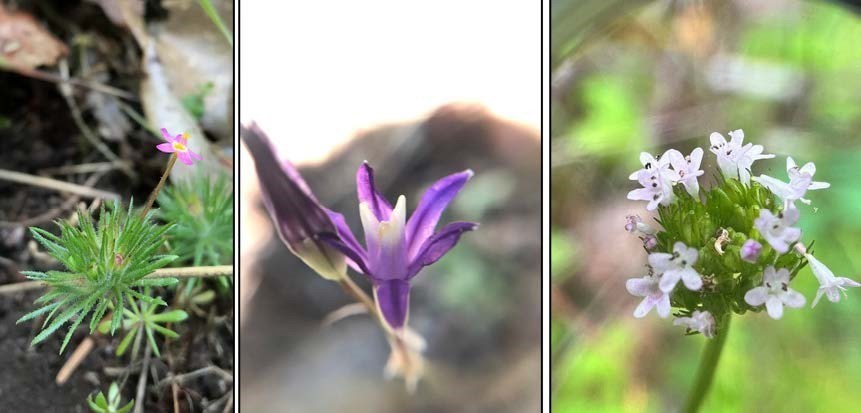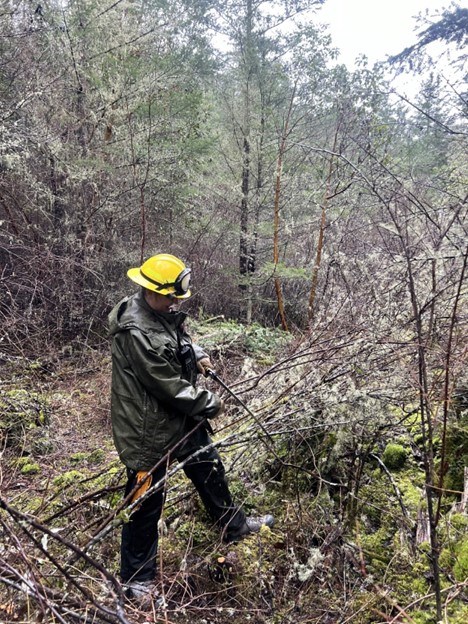Last updated: April 21, 2025
Article
Species Inventory Helps Uncover the Rare Plants of San Juan Island National Historical Park
July 2024
A recent species inventory at San Juan Island National Historical Park (NHP) is helping park staff better understand and protect some of the park’s rarest plants. This new information is guiding conservation efforts in newly acquired parklands.

NPS
Charting New Ground
San Juan Island NHP protects an incredible array of natural wonders, from lush forests teeming with diverse flora to rocky shores alive with marine life. In 2010, the park expanded to include Mitchell Hill—a forested area that connects with the English Camp unit. Since then, park managers have been working to better understand the natural features of this new addition.Although 27 rare plants are known to occur in San Juan County, it was unclear if any were present in the Mitchell Hill area. To fill that gap, the park launched a plant inventory through the National Park Service's Inventory & Monitoring Division. The goal? To identify which rare and sensitive plants are living there and how to best protect them.
Protecting rare plants not only supports biodiversity but also preserves the unique ecological roles and cultural values these species hold.

NPS
Surprising Finds
During surveys in 2021 and 2022, botanists made some remarkable discoveries. Three rare species were found growing at Mitchell Hill:
- True baby stars (Leptosiphon minimus)
- Indian Valley brodiaea (Brodiaea rosea)
- Shortspur white plectritis (Plectritis brachystemon)
Indian Valley brodiaea hadn’t been documented in Washington in over a century, and shortspur white plectritis had never before been recorded in the San Juan Islands. These exciting finds highlight how important Mitchell Hill's open Douglas fir woodlands are for rare and sensitive species.
Still, rare plants face challenges, such as overbrowsing by deer, understory overgrowth from young trees and shrubs, and foot traffic from nearby trails.

NPS
Guiding Conservation Action
Thanks to the inventory, park managers are taking action to safeguard these newly documented rare plants. Management plans now include protections for areas especially rich in rare flora, including targeted removal of small-diameter trees and shrubs and careful use of herbicides to control invasive species.
The park is also collaborating with the Samish Indian Nation Department of Natural Resources to identify areas with plants of cultural significance—further weaving traditional knowledge into conservation work.
